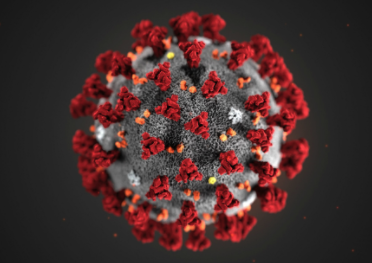


Yet these symptoms are just a few of many described by those infected with SARS-CoV-2.2345 Many people with mild-to-moderate disease don’t have these symptoms (initially), and other symptoms often manifest earlier.36 Most spread is from symptomatic cases around the time of symptom onset,7891011 and interrupting transmission depends on early identification and isolation of contagious individuals.1213 The narrow UK case definition therefore limits this detection, restricting the effectiveness of the test, trace, and isolate programme.81415
As vaccination progresses and social mixing increases, infections are now highest among young, unvaccinated, or partially vaccinated people, who are also more likely to experience ‘unofficial’ symptoms.1617 Variants are adding further to transmission, as predicted, with potential for another wave of hospital admissions and deaths.18 Improvements in transmission control are urgently needed. Here, we build on calls to broaden the UK’s covid-19 case definition,519 analysing the potential to improve self-isolation and symptomatic testing guided by a case definition fit for the vaccination era.
The European Centre for Disease Prevention and Control described a breadth of symptoms associated with mild-to-moderate covid-19, the most commonly reported being headache (70%), nasal obstruction (68%), weakness or fatigue (63%), myalgia (63%), rhinorrhoea (60%), gustatory dysfunction (54%), and sore throat (53%).20 Many infected people do not present with the symptoms used in the UK case definition: loss of taste or smell, a cough, or fever which, before vaccination rollout were reported by 70%, 63%, and 45% of symptomatic cases, respectively.321 While restricting access to symptomatic testing to those with “official” symptoms may control the volume of testing, this narrow definition is now likely to impede control of transmission.